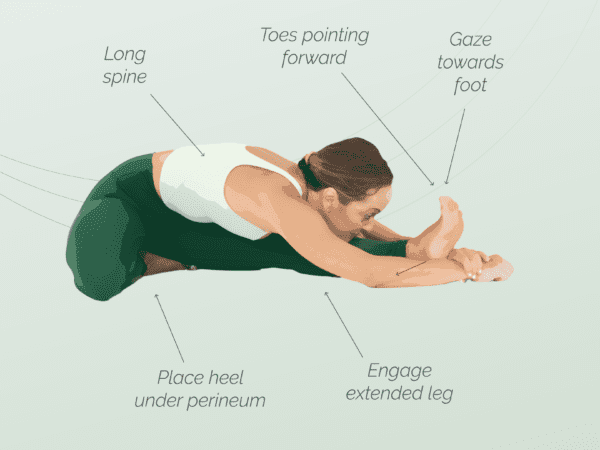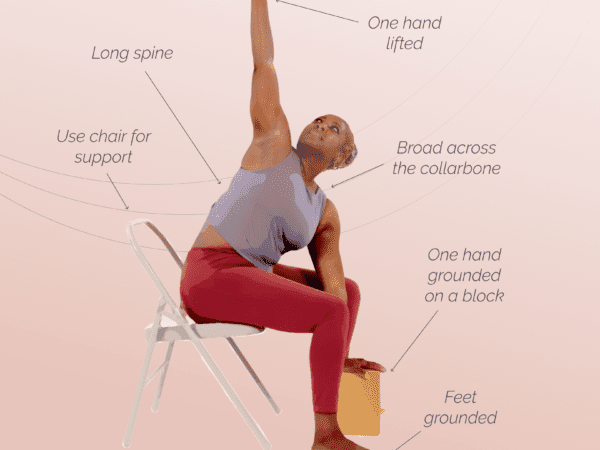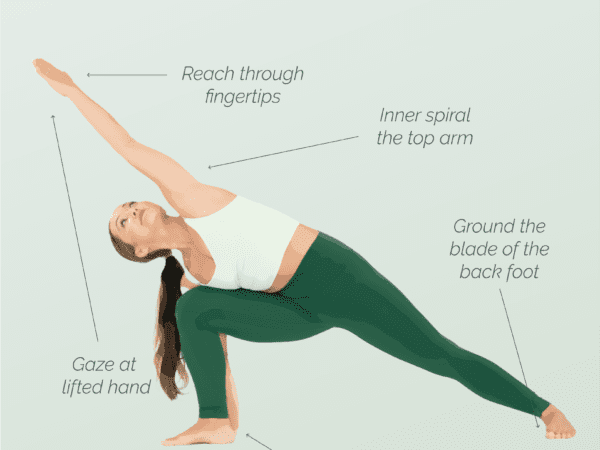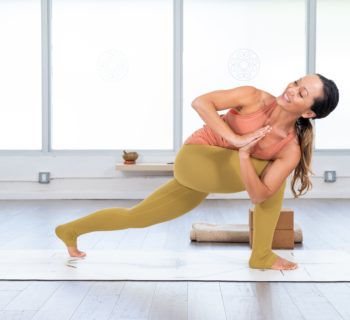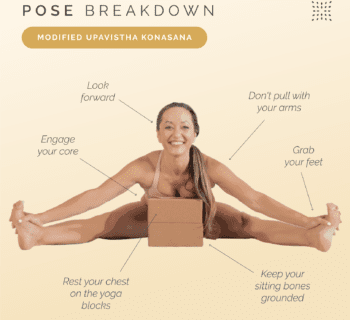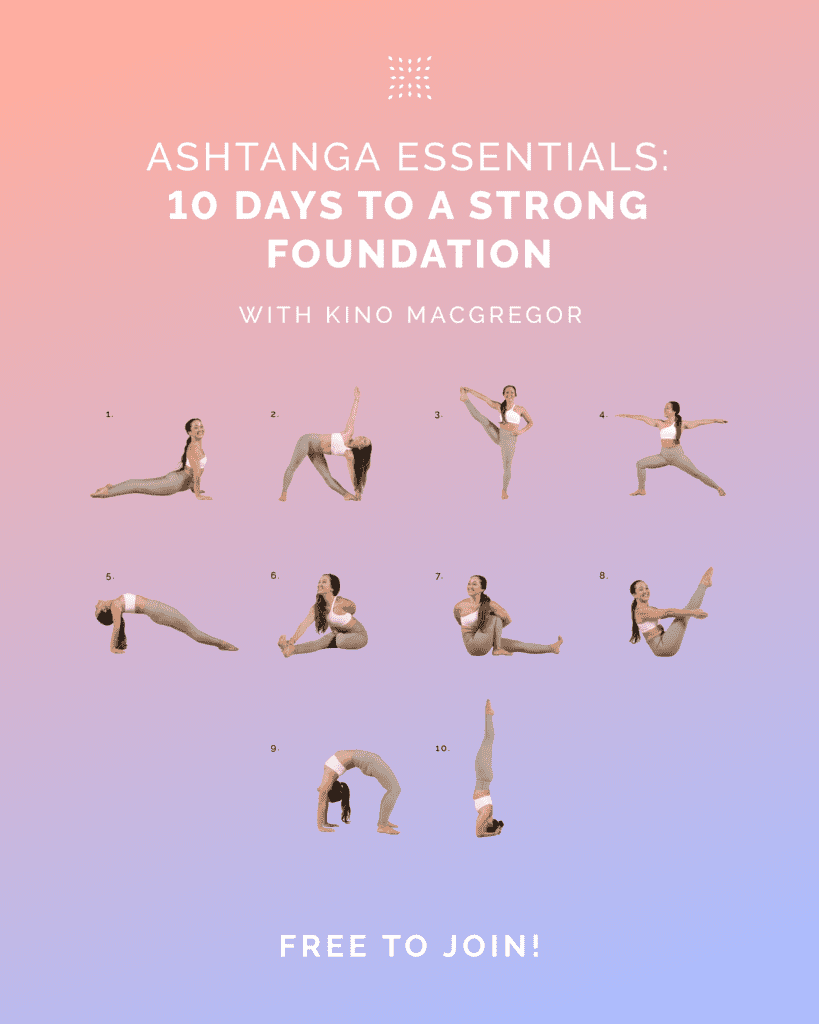Are you interested in learning how to do a handstand? In this blog post, we will guide you through the steps to master this challenging yoga pose. Remember, it takes time and patience to finally get vertical, but with the proper training, a bit of patience, and perseverance, even beginners can progress to their handstand goal.
Benefits of doing handstand
Learning how to do handstands offers a multitude of benefits for both the body and mind. Not only does it strengthen your upper body, core, and shoulders, but it also improves balance, increases body awareness, and boosts confidence. Additionally, handstands can help to relieve stress, improve focus, and cultivate a sense of playfulness and joy in your yoga practice.
Learning to do handstands is a workout that strengthens several key muscles in the body, including:
Upper body: Handstands primarily target the muscles in your arms, shoulders, and upper back. These include the deltoids, triceps, biceps, and the muscles of the rotator cuff.
Core: Handstands engage your core muscles, including the rectus abdominis, obliques, and transverse abdominis. These muscles help stabilize your body and maintain balance during the pose.
Lower body: While the focus is on the upper body, handstands also engage the muscles in your lower body. This includes the quadriceps, hamstrings, and glutes, which work to maintain a straight line from your head to your toes.
Wrist and forearm muscles: Handstands require strong wrists and forearms to support your body weight. Regular practice can help strengthen these muscles and improve wrist stability.
By consistently practicing handstands, you can notice a marked progression in strength and stability in these muscle groups, leading to improved overall body strength and control.
Contraindications for doing handstand
While handstands offer numerous benefits, it’s important to be aware of the contraindications associated with this pose. Handstands are not recommended for individuals with the following conditions:
High blood pressure: Inverted poses like handstands can increase blood pressure in the head and neck. If you have high blood pressure or any cardiovascular issues, it’s best to avoid handstands or consult with a healthcare professional before attempting them.
Neck or shoulder injuries: Handstands place a significant amount of weight on the neck and shoulders. If you have any existing neck or shoulder injuries, it’s crucial to avoid handstands as they may exacerbate the condition or cause further injury.
Wrist or arm injuries: Handstands require strong wrists and arms to support the body weight. If you have any wrist or arm injuries, it’s important to allow them to heal fully before attempting handstands to prevent further damage.
Pregnancy: Pregnant individuals should avoid handstands, especially during the later stages of pregnancy. Inversions can put pressure on the abdomen and potentially disrupt blood flow to the fetus.
Always listen to your body and consult with a qualified yoga instructor or healthcare professional if you have any concerns or pre-existing conditions before attempting handstands or any other challenging yoga poses.
How do you do a handstand?
To master the art of performing a handstand, follow these steps:
Start by finding a clear and safe space to practice. A non-slippery floor is ideal. Your yoga mat is an ideal place to practice.
Begin in a downward dog position with your hands shoulder-width apart and your feet hip-width apart.
Slowly shift your weight forward, walking your feet in and bringing your shoulders directly over your wrists.
Push up through the shoulder girdle and engage your core muscles by drawing your belly button towards your spine.
Lift one leg up towards the ceiling, keeping it straight as you do so.
As you feel comfortable and stable, continue to lift your second leg off the ground.
Focus on maintaining a straight line from your wrists to your hips and down to your heels.
Keep your neck and head aligned with your spine, avoiding any unnecessary strain.
Breathe deeply and maintain your balance for as long as you can. If you lose your balance, gently come back down to the starting position and try again.
Practice regularly to improve your strength, balance, and confidence in performing a handstand.
Watch this video with Kino to find out more about how to do handstand.
Remember, mastering a handstand takes time and patience. Don’t get discouraged if you don’t succeed right away. Keep practicing and enjoy the journey towards achieving this exciting and empowering yoga pose!
How long does it take to learn how to do a handstand?
Learning how to do a handstand is an exciting journey that requires practice, dedication, and patience. The time it takes to master this challenging pose can vary greatly depending on various factors. Here are a few things to consider:
Prior experience: If you are already familiar with yoga or other bodyweight exercises, you may have a better understanding of body awareness and balance, which can expedite your progress.
Physical condition: The strength and flexibility of your upper body, core, and wrists play a crucial role in executing a handstand. Regular strength training and flexibility exercises can help prepare your body for this pose.
Consistency of practice: Regular practice is key. The more frequently you practice handstands, the faster you will progress. Aim for at least a few minutes of dedicated practice every day or a few times a week.
Proper technique: Learning the correct alignment and hand placement is essential to achieving a stable handstand. Working with an experienced yoga teacher or watching instructional videos can help ensure you are practicing with the right technique from the start.
Fear and mindset: Overcoming the fear of falling and cultivating a positive mindset are important aspects of learning a handstand. It’s essential to approach the practice with curiosity, patience, and a willingness to experiment and learn from your mistakes.
It’s important to remember that progress is different for everyone, and there is no set timeline for mastering a handstand. Some individuals may achieve it within a few weeks, while others may take months or longer. The key is to stay committed to your practice, celebrate small victories along the way, and enjoy the journey of discovering your own strength and balance. So, don’t be discouraged if it takes time – keep practicing and have fun with it!
What are some common mistakes to avoid when attempting a handstand?
When attempting a handstand, it’s essential to be aware of common mistakes that can hinder your progress and potentially cause injury. By understanding these mistakes and learning how to avoid them, you can improve your handstand practice and make significant strides in your yoga journey.
Lack of proper warm-up: One common mistake is diving right into a handstand without properly warming up your body. Skipping warm-up exercises can increase the risk of strain or muscle injury. Before attempting a handstand, make sure to warm up your wrists, shoulders, and core through gentle stretches and mobility exercises.
Poor alignment: Another mistake to avoid is neglecting proper alignment in your handstand. Misalignment can lead to inefficiency, instability, and even injury. Focus on stacking your shoulders directly over your wrists, engaging your core, and keeping a straight line from your wrists to your hips and feet. Engage your muscles and maintain a strong and stable foundation throughout the pose.
Lack of core engagement: Without proper core engagement, it can be challenging to find balance and stability in a handstand. Neglecting to engage your core will make it harder to maintain a straight line from head to toe. Practice exercises that target your core, such as plank variations and hollow body holds, to build strength and stability in the abdominal muscles.
Relying solely on upper body strength: While upper body strength is essential for a handstand, relying solely on your arms and shoulders can lead to fatigue and poor form. Instead, focus on engaging your entire body, including your legs, glutes, and core. Distribute the weight evenly throughout your body, and learn to use your core and leg muscles to find balance and support.
Fear and lack of confidence: Fear and lack of confidence can often hold you back from progressing in your handstand practice. It’s important to cultivate patience and trust in your own abilities. Start by practicing against a wall or with the assistance of a spotter until you feel more comfortable and confident. Gradually work on building strength and balance, and remember to celebrate small achievements along the way.
Avoiding these common mistakes will contribute to a safer and more effective handstand practice. Remember to always listen to your body, practice patience, and seek guidance from a qualified yoga instructor if needed. With consistent practice and the right mindset, you can master the art of the handstand and enjoy the many physical and mental benefits it offers.
What are some drills or exercises that can help me improve my handstand skills?
When it comes to improving your handstand skills, there are several effective drills and exercises that you can incorporate into your practice. These drills will help you develop the necessary strength, balance, and body control to master the handstand.
Wall Handstand: Start by practicing your handstand against a wall. Place your hands shoulder-width apart on the ground, kick up your legs and try to balance with your feet on the wall. This will help you build core and upper body strength while getting used to the inverted position.
Forearm Plank: Strengthening your core is crucial for maintaining balance in a handstand. Practice forearm planks to build core stability. Start by placing your forearms on the ground, parallel to each other. Extend your legs back with your toes on the ground and hold this position for 30-60 seconds.
Hollow Body Hold: The hollow body position is essential for maintaining a straight, aligned handstand. Lie on your back and engage your core by pressing your lower back into the ground. Lift your legs and upper body off the ground, creating a “hollow” shape. Hold this position for 30-60 seconds.
Pike Press: The pike press is a great exercise to build strength in your shoulders and arms, which are vital for holding a solid handstand position. Start in a downward dog pose, then walk your feet closer to your hands, creating an upside-down “V” shape. Bend your elbows and lower the top of your head towards the ground, then press back up. Repeat for several repetitions.
Straddle Handstand: Once you are comfortable with the wall handstand, practice straddle handstands. Open your legs wide to the sides while in the handstand position against the wall. This will challenge your balance and help you gain control over different handstand variations.
Remember to always warm up before attempting these exercises and practice in a safe environment. Consistent practice and patience are key to improving your handstand skills. As you progress, you can also seek guidance from a qualified yoga teacher who can provide personalized tips and corrections to help you perfect your handstand practice. Keep practicing, and with dedication, you will see improvement in your handstand skills over time.
Are you looking for more guidance on your yoga journey? Sign up for Omstars to get access to thousands of yoga classes in the comfort of your own home. Start your subscription today.



